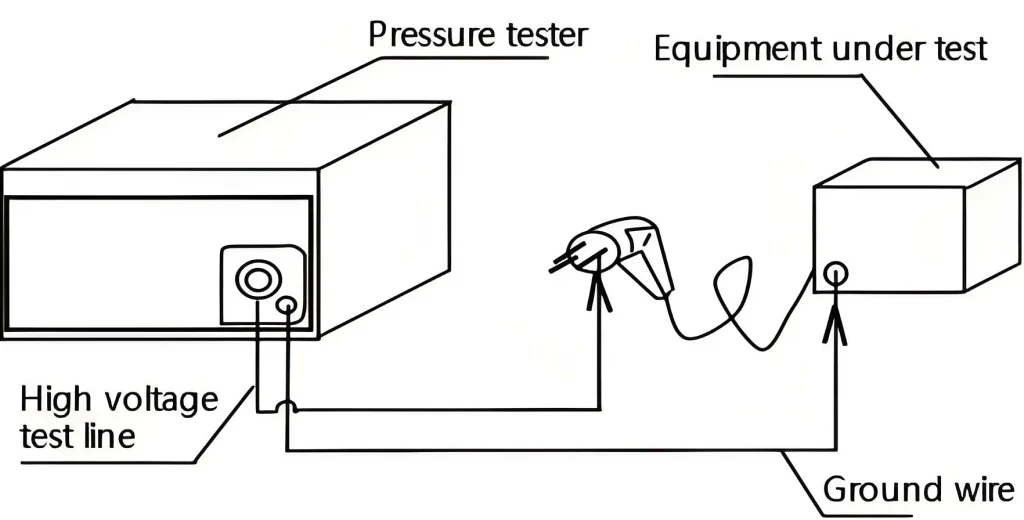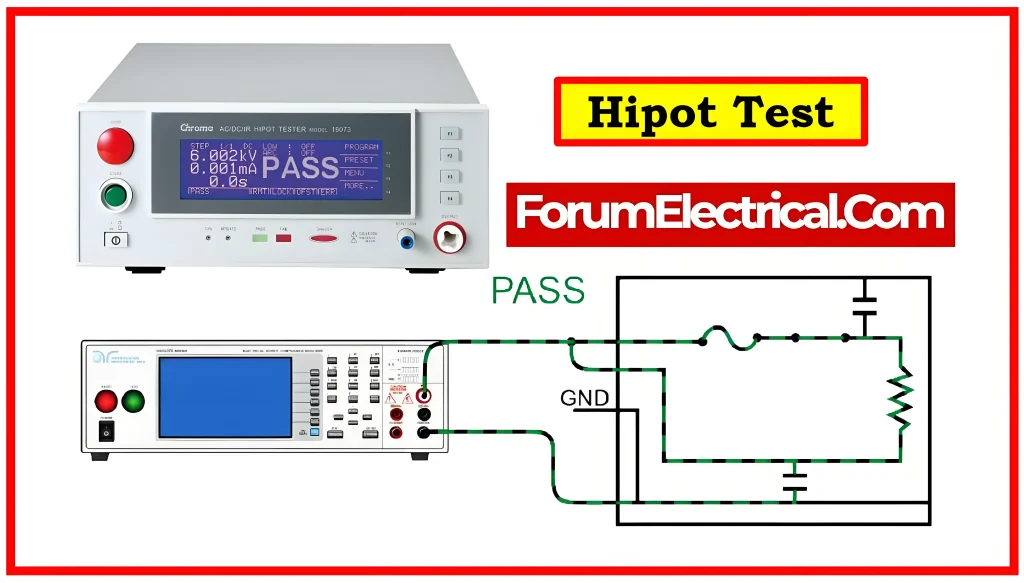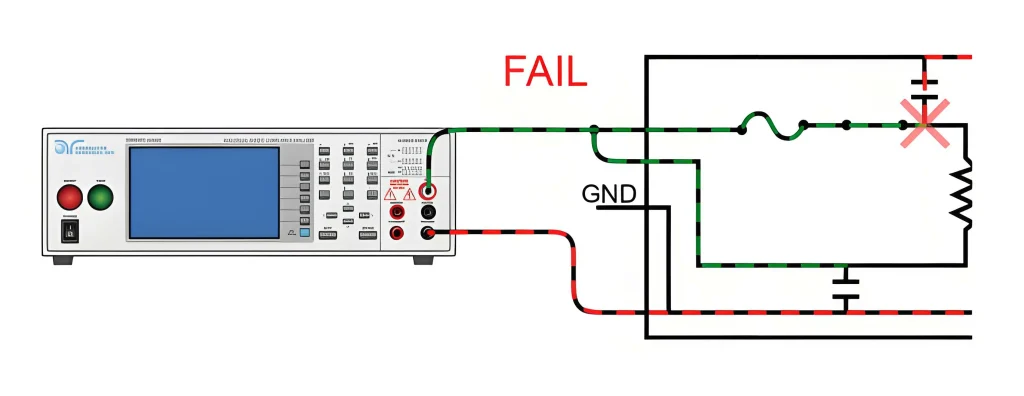1.Best Practices for HiPot Testing of Busbars | Welleshaft
High potential testing (commonly known as HiPot testing) is a vital electrical safety procedure used to validate insulation integrity in various electrical components. At Welleshaft, we implement best practices in HiPot testing to ensure our busbars and related systems meet rigorous international safety standards. This guide explores what is HiPot testing, why it’s essential, and how it’s applied in industrial and medical sectors.
2.What Is HiPot Testing?
HiPot testing—short for “high potential testing”—involves applying a high voltage to a device to confirm the insulation between conductive parts is effective. It ensures no current flows through insulation that should remain intact. Commonly used in high-voltage equipment like transformers, PCBs, and switchgear, this test is a fundamental safety check in electrical engineering.
(1)Why HiPot Testing Matters
Ensures electrical isolation in high-voltage systems
Prevents breakdowns and failures in field applications
Confirms that laminated busbars have sufficient insulation between conductive layers
Mitigates fire and shock risks in power distribution
3.People Also Ask
1.What does “hipotted” mean?
“Hipotted” refers to an electrical component that has passed a HiPot test, verifying its insulation quality under high voltage. It reflects hipotted meaning in industrial testing.
2.What is the difference between a HiPot test and a Megger test?
A HiPot test checks insulation under high stress (voltage), while a Megger test measures insulation resistance at lower voltages. This difference is crucial in understanding hypo test vs megger test in electronics.
3.Is HiPot testing required for medical devices?
Yes. IEC 60601 mandates HiPot testing for Class II medical equipment to ensure patient safety
4.Types of HiPot Tests Used in Busbar Applications
Welleshaft applies multiple methods of HiPot testing based on application and component type:
(1)DC HiPot Testing
Uses direct current to apply high voltage
Ideal for systems with capacitive loads like cable harnesses
Often used in highpot test for cable harness quality control
(2)AC HiPot Testing
Applies alternating current
Simulates real operating conditions in transformers and hipotted motors for industrial automation
(3)Surge Testing
Stress test with rapid voltage rise
Detects weak spots in insulation before failure
Suitable for hipotted definition in transformer testing
(4)Insulation Resistance Testing
Measures the resistance between conductors and ground
Often used before performing a full HiPot test
(5)Partial Discharge Testing
Identifies minuscule insulation breakdowns
Critical for quality assurance in HV equipment acceptance
(6)Visual & Physical Inspection
Initial step in spotting mechanical flaws before testing
Supports industrial safety compliance hipot test
5. HiPot Testing Applications in Different Industries
Electrical Engineering & Power Distribution
Insulation verification plays a vital role in electrical engineering by checking the integrity between conductive components. Engineers use high voltage to confirm that busbars, wires, and terminals are properly isolated, reducing the risk of leakage or short circuits.
(1)Electronics Manufacturing
HiPot testing in electronics focuses on components like PCBs and cable harnesses:
Highpot test for cable harness quality control identifies early-stage insulation issues.
Real-time HiPot test automation solutions streamline production by delivering fast, repeatable insulation testing for every unit on the line.
Adheres to IEC standards for hipot test in electronics
(2)Industrial and Heavy Machinery
Industrial safety depends on proper insulation in high-power components:
Hipotted definition in transformer testing ensures field durability.
Benefits of hipotted components in heavy machinery include extended operational lifespan and reduced downtime.
Hypo test in factory acceptance testing is commonly used before dispatch to detect insulation weaknesses.
Helps with hipot test for switchgear manufacturing in compliance with industry codes.
(3)Medical Devices and Healthcare
What is hypo test in medical device QC? It’s the high-voltage test verifying that insulation won’t break down.
IEC 60601 hipot test standard for medical devices governs Class II safety.
Hipotted patient-connected devices compliance protects users from electrical faults.
Highpot test in ECG machine validation is a standard requirement.
6.How Is a HiPot Test Performed?
The HiPot test procedure involves the following steps:
Device Setup – One conductor is energized, and adjacent conductors are grounded.
Voltage Application – A test voltage (typically 2x operating voltage + 1,000V) is applied.
Leakage Monitoring – The current flow is monitored to detect breakdown.
Pass/Fail Analysis – If current stays below a threshold, the device is considered “hipotted.”

7. HiPot Testing Voltage Guidelines
| Equipment Type | Typical Operating Voltage | HiPot Test Voltage |
| PCB Assembly | 24–48V | 1,500–2,000V DC |
| Busbars | 600V | 2,200V AC |
| Switchgear | 11kV | 30kV AC or DC |
| Medical Devices (Class II) | 250V | 1,500–3,000V per IEC 60601 |
| Cable Harnesses | 100–300V | 1,000–2,500V |
8.Industry Standards and Compliance
To ensure safe and compliant testing, Welleshaft follows:
IEC standards for HiPot test in electronics
UL and CSA compliance for North America
British standards: what does hipotted mean in British manufacturing
9.Choosing the Best HiPot Testing Equipment
Whether you’re a manufacturer or OEM, selecting the best HiPot testers for contract manufacturers or in-house labs is key. Welleshaft recommends:
Programmable voltage ramping and shutdown
Leakage current threshold customization
Data logging for traceability
Safety interlocks and operator protection
10.Conclusion: Why Choose Welleshaft for HiPot Testing?
At Welleshaft, we combine deep industry experience with advanced testing technology to ensure your components meet all insulation and safety requirements. From PCB assemblies to heavy-duty switchgear, our testing protocols help you stay compliant and confident.


